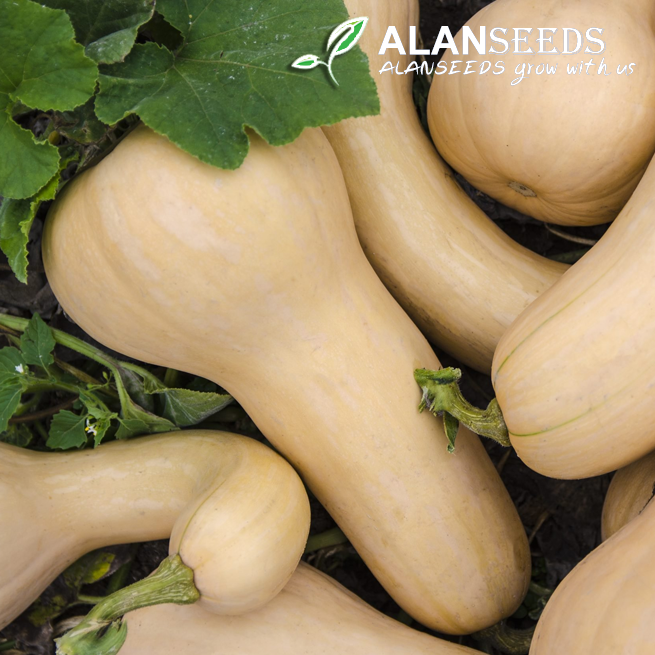Hey there, future squash farmer! So, you want to grow some delicious butternut squash? Awesome choice! Whether you have a big garden, a small balcony, or even just a sunny windowsill, you can grow these beauties. Let’s get started with this simple guide.

Butternut Squash Organic Seeds – Non GMO – Grow Indoors, Outdoors, In Pots, Grow Beds, Soil, Hydroponics & Aquaponics

Butternut Squash Organic Seeds – Non GMO – Grow Indoors, Outdoors, In Pots, Grow Beds, Soil, Hydroponics & Aquaponics
1. Getting Your Seeds:
- Look for organic, non-GMO butternut squash seeds. You can find them at garden centers, online stores, or maybe even from a fellow gardener.
- Make sure to choose a variety suitable for your growing conditions and space.
2. Choose Your Growing Spot:
- Butternut squash loves sunshine, so pick a spot that gets at least 6-8 hours of sunlight daily.
- If you’re growing indoors, find a sunny windowsill or consider using grow lights.
3. Preparing Your Soil:
- Whether you’re planting in pots, grow beds, or directly into the ground, make sure your soil is well-draining and nutrient-rich.
- Mix in some compost or aged manure to give your squash plants a nutritious boost.
4. Planting Your Seeds:
- If you’re starting indoors, plant your seeds in small pots filled with moist potting soil about 1 inch deep.
- If planting outdoors, sow your seeds directly into the soil after the danger of frost has passed. Plant them about 1 inch deep and 2-3 feet apart.
5. Watering:
- Keep the soil consistently moist but not waterlogged. Water deeply to encourage deep root growth.
- Avoid watering the leaves directly to prevent fungal diseases.
6. Supporting Your Plants:
- Butternut squash vines can sprawl, so consider providing support like trellises or cages to keep them off the ground and save space.
7. Fertilizing:
- Feed your squash plants with a balanced organic fertilizer every 3-4 weeks to keep them healthy and productive.
8. Pest and Disease Management:
- Keep an eye out for common pests like squash bugs and cucumber beetles. Handpick them off your plants or use organic pest control methods.
- Prevent diseases by providing good air circulation around your plants and avoiding overhead watering.
9. Harvesting:
- Butternut squash are ready to harvest when the skin turns a deep tan color and is hard to pierce with your fingernail.
- Cut the squash from the vine using sharp scissors or pruners, leaving a few inches of stem attached.
10. Enjoying Your Harvest:
- Store your butternut squash in a cool, dry place for several weeks to cure and improve flavor.
- Use them in soups, stews, roasted dishes, or even make creamy butternut squash soup!
That’s it! Growing butternut squash is easy and rewarding. Just give them some love, water, and sunshine, and you’ll be enjoying your own homegrown squash in no time. Happy gardening!



